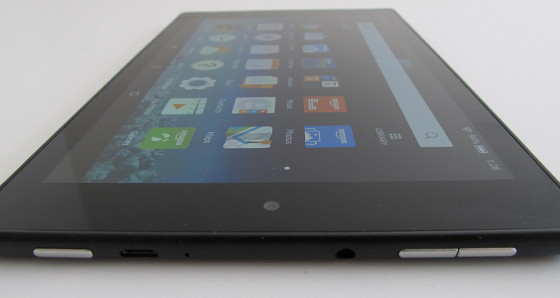Over the past couple of years it’s been interesting to watch the evolution of the tablet.
For awhile it was all about upgrading to higher resolution screens, and now it’s gotten to the point over the past year or two where a lot of companies are backing off on screen resolution, going lower than previous years.
The newer line of Fire tablets are a prime example of this.
The previous Fire HDX tablets had super high resolution screens over 320 ppi, and even the Fire HD 6 from 2014 has 252 ppi.
There’s a huge difference with the 2015 Fire tablets. The $49 Fire tablet has 171 ppi and the Fire HD 8 has 189 ppi and the Fire HD 10 has just 149 ppi.
The Samsung Galaxy tablets are another good example of this. Most of them have lower resolution screens than a number of other tablets on the market in a similar price range.
My favorite tablet of 2015 was the Lenovo Tab 2 10. It’s the only name brand tablet that I’ve come across with a 10-inch high-resolution screen for under $200 (right now it’s only $170 at Amazon). Most 10-inch tablets other than an iPad have lower resolution screens.
Obviously higher resolution screens just aren’t that important to consumers anymore. Lower prices are more important to most people not buying an iPad.


The Lenovo. was. 170 at. Best. Buy.
It’s interesting that phones, including the Samsung Galaxy phones, are in a “PPI war”, Top ends phones typically have PPI of over 500. The Samsung Galaxy S6 has 576 PPI.
What strikes me as ridiculous, but I guess the manufacturers need to do this to get bragging rights on the competition.
That is an insanely high ppi. You probably can’t even tell much difference after about 350 or so.
Perhaps we are looking at the results of trade-offs here. Higher resolution = less battery life and you need HD content to take advantage of the higher resolutions. Most HD content is streamed and many end users do have the availability of enough bandwidth to stream HD content without buffering. So the tablet companies are going for lower resolutions that will result in longer battery life. This is not the direction those who want to do a lot of reading on their tablets want to see things going, but I suspect that is a low percentage of tablet owners. (Most people just don’t read that much anymore.)